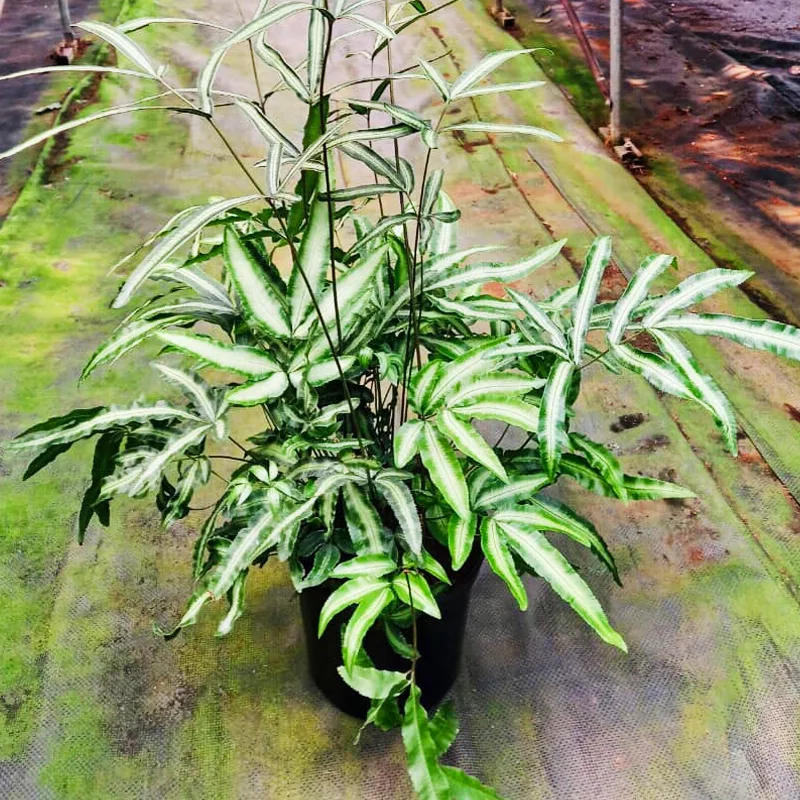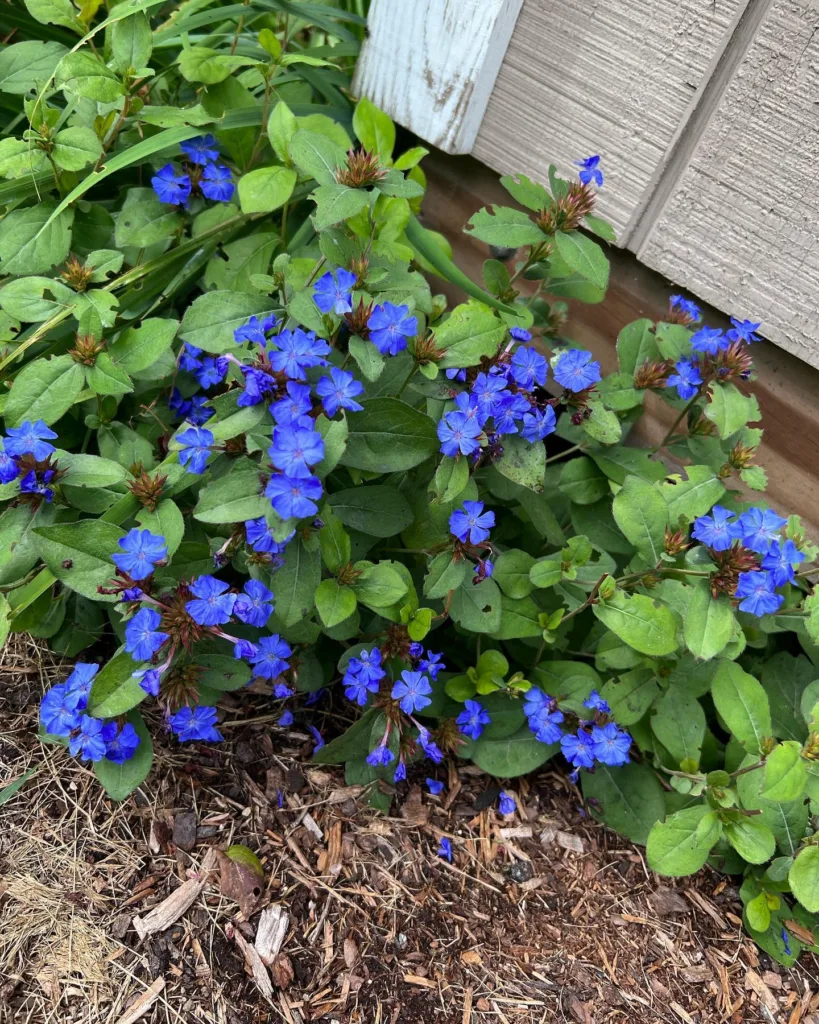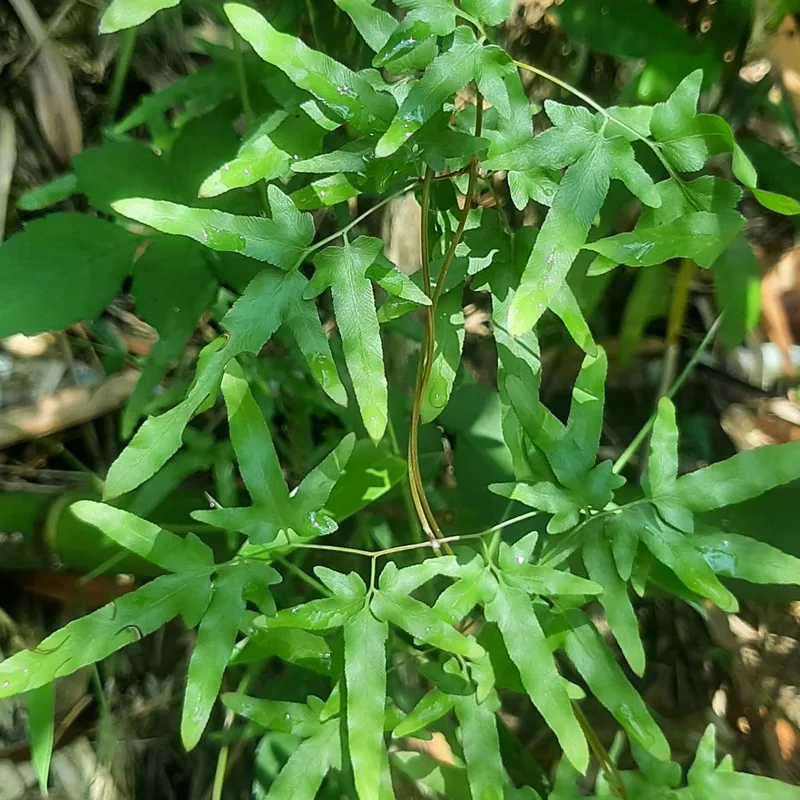Begonia U400: Unveiling the Allure of the Silver Begonia
I’m Ferb Vu, and I’m here to delve into the captivating world of the Begonia U400. This mesmerizing begonia, with its striking silver foliage and unique growth pattern, has become a coveted addition to many plant collections. Today, we’ll explore everything you need to know about caring for this beauty, from its origins to its specific requirements.
2104 Species in Genus Begonia
Where Does the Begonia U400 Come From?
The Begonia U400 boasts a fascinating backstory. Introduced by Don Miller in 1990 from the Penang Botanical Garden in Malaysia, this begonia has captivated plant enthusiasts for over three decades.
Begonia U400 vs. Other Begonias: What Makes it Special?
The Begonia U400 stands out from its begonia cousins with its captivating foliage. Unlike many other begonias known for their vibrant flowers, the U400 boasts stunning silver leaves with contrasting dark green veins that weave across the surface. The leaves are large and oval, adding a touch of elegance to any indoor space.
Another distinguishing characteristic is its growth habit. The Begonia U400 is a rhizomatous begonia, meaning it grows from a central rhizome, a short, underground stem. This growth pattern allows it to form a beautiful, dense mound over time, creating a lush and captivating display.
Light Requirements: Illuminating the Path to Growth
The Begonia U400 thrives in bright, indirect light. Direct sunlight can scorch its delicate leaves, so avoid placing it in a south-facing window. East or north-facing windows provide ideal light conditions. If natural light is limited, consider supplementing with grow lights to maintain healthy growth.
While the Begonia U400 appreciates bright light, it’s not a fan of extremes. Harsh summer sun can be detrimental, so be mindful of seasonal changes and adjust light exposure accordingly.
Watering Wisdom: Keeping Your Begonia U400 Hydrated
Finding the perfect watering routine is crucial for the Begonia U400’s success. It prefers consistently moist soil, but not soggy. Here’s a simple trick: stick your finger into the soil about two inches deep. If it feels dry, it’s time to water. Allow the excess water to drain freely from the pot’s drainage holes to prevent root rot.
Remember, underwatering is preferable to overwatering. A thirsty Begonia U400 will show signs of wilting leaves, which can recover with proper watering. However, an overwatered plant might develop yellowing leaves and mushy stems, indicating root rot, which can be fatal.
Humidity Haven: Creating a Tropical Paradise for Your Begonia U400
The Begonia U400 hails from the lush rainforests of Malaysia, where humidity levels are naturally high. While it can adapt to average household humidity, providing extra moisture can significantly enhance its growth and prevent browning leaf edges.
Here are some ways to increase humidity:
- Pebble tray: Place your Begonia U400 on a tray filled with pebbles and water. As the water evaporates, it will increase the humidity around the plant.
- Grouping plants: Clustering your Begonia U400 with other humidity-loving plants creates a mini-humid microclimate.
- Humidifier: For a more controlled approach, consider using a humidifier to maintain consistent humidity levels.
Temperature Talk: Finding the Perfect Climate for Your Begonia U400
The Begonia U400 thrives in warm temperatures, ideally between 65°F and 80°F (18°C – 27°C). Avoid exposing it to extreme temperatures or sudden drafts, as this can stress the plant.
During winter, ensure the temperature doesn’t dip below 60°F (15°C). Keep it away from cold windows and drafty areas to maintain comfortable growing conditions.
Feeding Frenzy: Nourishing Your Begonia U400
While the Begonia U400 isn’t a heavy feeder, a balanced fertilizer can promote healthy growth. During the active growing season (spring and summer), a diluted liquid fertilizer applied once a month is sufficient. Opt for a balanced fertilizer formulated for foliage plants. Avoid overfertilizing, as it can lead to salt buildup in the soil, damaging the roots.
During the winter months, when growth slows down, fertilizing can be reduced or stopped altogether.
Soil Secrets: The Foundation for a Thriving Begonia U400
The Begonia U400 appreciates well-draining, aerated soil. A good quality potting mix specifically formulated for African violets or aroid plants is ideal. But you can also create your own mix by combining equal parts potting soil perlite, and orchid bark. This combination provides excellent drainage, allowing excess water to flow freely while retaining enough moisture to keep the roots happy. Remember, proper drainage is vital to prevent root rot, a common foe of begonias. When repotting your Begonia U400, choose a pot with drainage holes slightly larger than the root ball to ensure proper water flow.
Propagation Power: Multiplying the Magic of Your Begonia U400
The Begonia U400’s captivating beauty makes you yearn to share it with others. Luckily, this begonia is quite easy to propagate, allowing you to create new plants from your existing one. Here are two popular methods:
Leaf Petiole Propagation:
- Select a healthy, mature leaf with its petiole (the stalk connecting the leaf to the stem) intact.
- Using a sterilized knife, carefully cut the petiole at an angle just below the leaf base.
- Fill a pot with a well-draining potting mix as described earlier.
- Make a hole in the center of the mix and insert the petiole about an inch deep, ensuring the cut end is buried.
- Water the soil lightly and place the pot in a warm, humid location with indirect light.
- Over time, roots and new growth will emerge from the buried petiole. Once the new plant establishes itself with a few sets of leaves, you can carefully separate it from the mother plant and repot it into its own container.
Rhizome Division:
- When repotting your Begonia U400, you can use the opportunity to propagate by division.
- Carefully remove the plant from its pot and gently loosen the soil around the roots.
- The Begonia U400’s rhizome will be visible as a fleshy, underground stem. Using a sterilized knife, you can divide the rhizome into sections, ensuring each section has at least one or two buds (where new growth emerges).
- Repot each section in a pot with fresh potting mix, ensuring the rhizome is partially buried. Water thoroughly and follow the same care routine as your established Begonia U400.
With a little patience and these simple techniques, you can create new Begonia U400s to grace your home or share with fellow plant enthusiasts.



